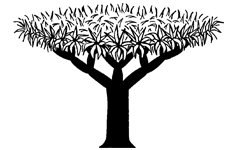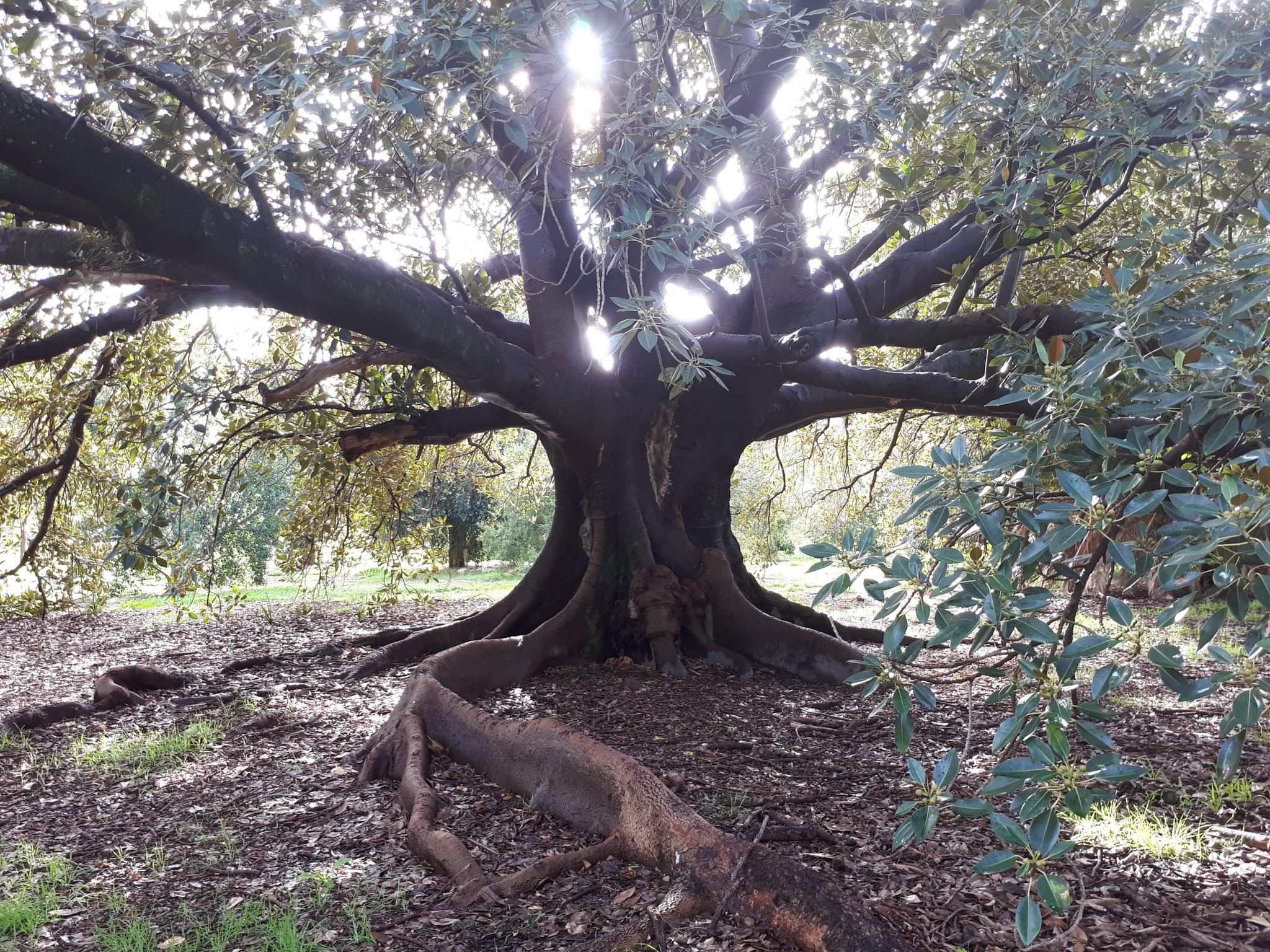The Waite Arboretum occupies 27 hectares and contains about 2,500 specimens representing more than 800 species in 200 genera, all growing under natural annual rainfall of 624 mm.
Open free to the public every day of the year from dawn to dusk except on Fire Ban Days, metropolitan and Mt Lofty Ranges fire districts (CFS Hotline 1300 362361 ). For the tranquillity of the park and to protect wildlife, dogs are not allowed in the Arboretum. Guide dogs are permitted.
No vehicle access via Walter Young Avenue to the Waite Arboretum and Urrbrae House gardens on Christmas Day. The Urrbrae House carpark is closed. Access to the Waite Arboretum and the gardens is by foot traffic only. The toilet facilities block in the gardens is closed.
Every tree is labelled and mapped. Special collections include eucalypts, palms, dragon trees, pears and oaks. To enhance your visit download the free Waite Arboretum app in the App Store or Google Play.
The Arboretum is adjacent to the Urrbrae House Historic Precinct and the Waite Conservation Reserve.
Please note, autumn brings outbreaks of Deathcap mushrooms in the Waite Arboretum. Ingestion of even a small amount of the mushroom will cause serious illness and may be fatal. You are advised not to pick or eat any wild mushrooms from the Waite Campus as poisonous mushrooms may resemble edible ones. Information about Deathcap mushrooms can be found on the Australian National Botanical Gardens website. https://www.anbg.gov.au/fungi/deathcap.html
What's on in the Arboretum
Interesting activity in the Waite Arboretum
“The University of Adelaide and the Environment Protection Authority (EPA) are working on a collaborative project to test, validate and refine the water quality stressor values for South Australia. A water quality stressor is a particular factor (e.g. pollutant or sediment) that can cause harm to an aquatic ecosystem. A trial site is being established at the Waite Campus near the dam on Claremont Rd, adjacent to the Waite Arboretum. At the trial site scientists will use channels with the aim to experiment and identify critical stressor levels that cause varying effects. The results will provide the information needed by the EPA to design strategies for remediating the major causes of water quality degradation in South Australia.”
No vehicle access via Walter Young Avenue to the Waite Arboretum and Urrbrae House gardens on Christmas Day. The Urrbrae House carpark is closed. Access to the Waite Arboretum and the gardens is by foot traffic only. The toilet facilities block in the gardens is closed.
Free guided walks of the Waite Arboretum are held on the first Sunday of every month, except in January. The walk starts at 11:00am and ends at 12:30pm.
Meet the guide at the West lawn (Croquet Lawn) of Urrbrae House.
Bookings are not necessary.
Groups of 10 or more can book guided walks on other days and times by arrangement. For bookings, contact Erica Boyle via email or on 8313 7405. Please note, Erica is often out in the gardens and Arboretum so email is the preferred contact method.
Note: If the forecast temperature for the day is 35°C or above or if a Total Ban for Adelaide Metropolitan and/or Mount Lofty Ranges is declared, the tours of the Waite Arboretum will be cancelled (check the Bureau of Meteorology ).
Please follow us on Facebook and Instagram .
Download the Waite Arboretum app
History of the Waite Arboretum
The Arboretum was established on land given by Peter Waite to the University of Adelaide, to be held upon trust and in perpetuity as a park or garden for the enjoyment of the public.
Planting of trees from around the world began in 1928.
The Waite Arboretum Logo
Dragons Blood tree
Arboretum and gardens support
Objectives
The objectives of the Arboretum are:
- To demonstrate and evaluate the performance of a wide range of Australian and exotic trees to the local environment without supplementary water.
- To maintain, document and develop the collection as a valuable resource for teaching and research.
- To provide an attractive and informative area for passive recreation with guided walks and interpretive material to enhance the enjoyment of visitors.
- To contribute to the conservation of biodiversity through plantings of tree species endangered in their natural habitat.


